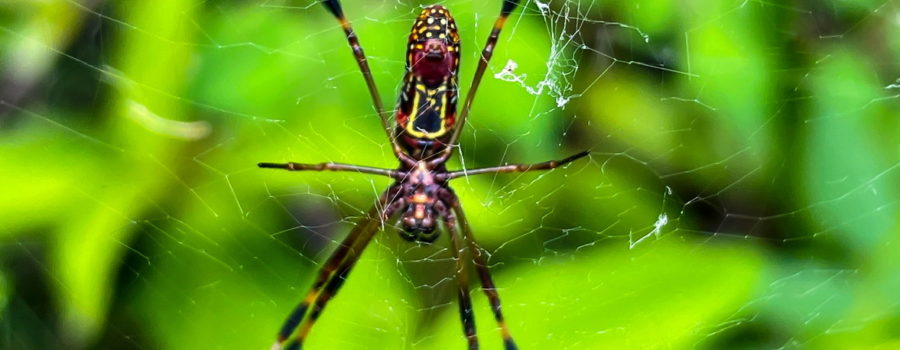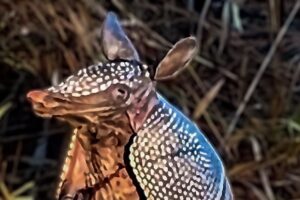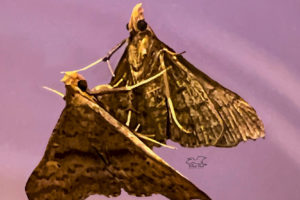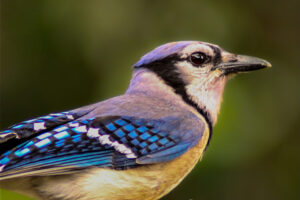The Argyra Orchard Orb Weaver: Another Beautiful Florida Spider

I have already written about several orb weaver spiders that live in central Florida, but there are still many more, and they are all quite beautiful. All the orb weavers spin large round webs that are used to trap flying insects and bumbling crawling insects that happen to wander into them. A common characteristic of the orb weaver web is a central open area which is where the spider spends most of it’s time. These webs can be quite attractive, especially after a summer shower or on a dewy morning when they are holding water droplets. By far the most abundant orb weavers on my property are the Mabel orchard orb weavers. They are literally all over the place! I do also have several spiny orb weavers hanging around the dog house area, and if I go out behind the house into the woods, it’s not unusual to find banded orb weavers (also known as banded garden spiders).

One species that I do not have on my property but was fortunate to find at the Henry Beck Park, is the Argyra orchard orb weaver, which is a type of long jawed orb weaver. These guys are not true orb weavers, since they belong to a separate family, but they are closely related and have many of the same habits. Argyra is a species that tends to be found in a wetter habitat that my sandhills. It likes river beds, swamps, ponds, retention ponds, and will even build it’s web across small streams and ponds. These spiders have no fear of the water, and are even capable of walking on it by using their very long legs to exploit the surface tension.

Unlike some of the true orb weavers, both male and female young long jawed orb weavers build webs, but as they get older and towards breeding age, the males tend to wander, looking for females. They usually get their meals by “stealing” from the female’s web. Both males and females will mate with several partners over the course of the summer with the female laying eggs intermittently towards the end of the summer. Female long jawed orb weavers have the ability to store sperm, so mating does not necessarily have to occur just before egg laying. The eggs, once laid, get no parental attention, and usually don’t hatch until the following spring, long after the parents have died. The spiderlings go through a series of molts where they shed their skin before they reach adult size.

The long jawed orb weavers are so named because of their long fangs and their long, narrow body shape. They are known for having a long, narrow abdomen and extremely long front legs, which they tend to stretch out in front of themselves when resting. It’s believed that this is a form of camouflage, making them look like small twigs in the grass and underbrush that they inhabit. Another interesting peculiarity of these spiders is that they often (but not always) build their webs in a horizontal position instead of the usual vertical position that most spiders use. When I was at Henry Beck I found quite a few of these guys in various parts of the park. Interestingly, the ones that were hidden in the grass and bushes did have horizontal webs, but I also found two of them on the railings on a bridge crossing the stream. Their webs were strung between bars of the rails in a very vertical plane. Long jawed orb weavers can be found in the entire United States except for Hawaii. They are also common in most of Canada, and south through Central America, so no matter where you live, you probably have one or more of these spiders in your area. How many of you are familiar with these guys?





Recent Comments